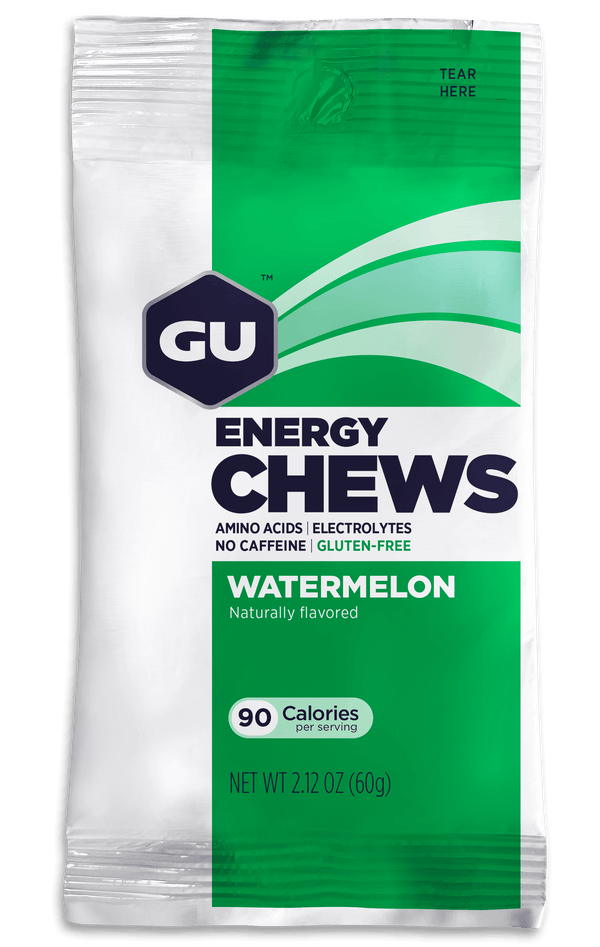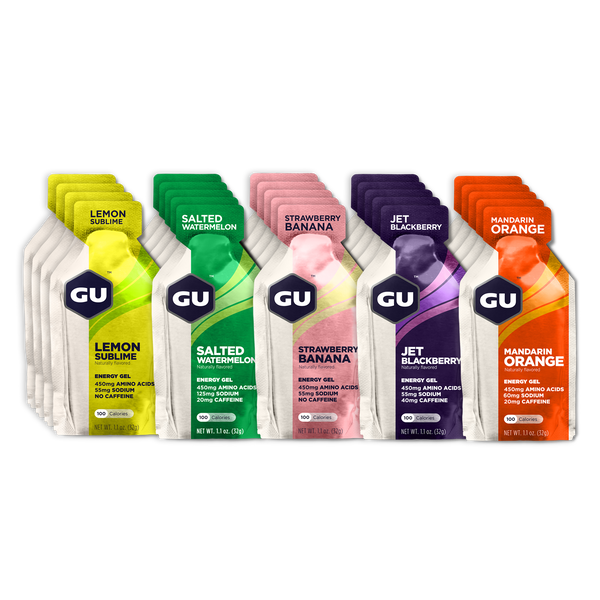If you’re looking to perform your best on race day, you know that your nutrition is just as important as the hours you put in during training. Often, athletes tend to focus on nutrition in the days leading up to important events, or during hard training blocks, and treat the rest of the season like dietary improv. But, just as the recovery period is a critical time to get needed nutrients in—protein, carbs, fluids, and electrolytes—so too is the offseason prime time to shore up any nutritional gaps and fortify your body for the training to come. Here are six simple ways to build for a better season with nutrition.
1. Consider your body composition goals
If you’ve been wanting to build more muscle or lose excess fat to improve your power to weight ratio, offseason is the time to make dietary changes to support body composition goals. When weight loss is a priority, be sure to make small deficits in your caloric intake (no more than 300-500 calories daily) to see gradual changes without causing energy slumps. A realistic, sustainable goal would be 1-2 pounds of weight loss per week. An easy way to start to cut down on calories is to limit the amount time spent eating throughout the day. For instance, try to eat during no more than 12 hours of your day, say 7 am to 7 pm. That means no post-dinner trips to the pantry for most of us. If that’s too easy a target, aim for 10 hours or less of eating time. Having a hard time shutting it down after dinner? Try brushing your teeth or enjoy a cup of herbal tea instead of reaching for late night snacks. Another simple calorie-saving move is to shift the composition of your meals to focus more on vegetables and less on starches and grains. Fill your plate with colorful veggies (think spiralized veggie “noodles” or cauliflower “rice”) and keep the starches as a side or target them around exercise sessions. Veggies fill you up without packing in excess calories, and are considered nutrient dense—chock full of vitamins, minerals, and phytonutrients—giving you a major nutritional “bang for your buck.”

2. Build with protein
To build lean mass or strengthen any muscular imbalances identified during your training, you’ll want to incorporate protein-rich foods into your diet in a purposeful way. Aim to get at least ½ your bodyweight (in pounds) in grams of protein daily. Spread out protein intake over the course of the day—every 3-4 hours—and target it around workouts specifically to keep the process of muscle repair and rebuilding (muscle protein synthesis, or MPS) going strong. Consuming 20-30 grams of high-quality protein within an hour of exercise promotes maximal MPS. Most of us have no trouble getting protein in with lunch and dinner, but make sure you also get a good serving (15-30 grams) with your breakfast. Add some eggs to your avocado toast, or pair low-fat Greek yogurt with fruit and cereal. Having protein in the morning will help keep you feeling full and satisfied for hours and help prevent blood sugar spikes that can result from eating simple or refined carbohydrates alone. At meals try to get a palm-sized portion of protein from lean sources like poultry, fish, or tofu. Protein is also present in beans, nuts, and grains like quinoa, so don’t be afraid to mix things up with plant-based options as well.
3. Incorporate fiber rich foods
During training and especially on race day it’s a good idea to watch your fiber intake to avoid risking digestive issues. However, dietary fiber is great for your gut, and the offseason is a perfect time to focus on filling up on fibrous fruit, vegetables, whole grains, and legumes. A reasonable goal is to get 25 grams per day for females, and 38 grams daily for males. Fiber feeds the good bacteria in our digestive tract which in turn supports the immune system, helps produce anti-inflammatory compounds such as short-chain fatty acids, and even influences mood through neurotransmitter production. It may take some time to get used to digesting additional fiber in the diet, so start gradually, by aiming for 5-10 grams with meals. Great sources include oats, beans, nuts and seeds, vegetables, and avocados.

4. Focus on quality
Take inventory of the food in your home. How much of it is highly processed, full of refined sugars, or high in saturated fats? How much is fresh, colorful produce, lean proteins, whole grains, and homemade? First, notice the balance between the wholesome and the less than healthful, then try to tip the scale in favor of the healthful. This isn’t to say you should eliminate all the treats from your kitchen, but be mindful of what options are available, and how many of those options are things you want to incorporate into a healthy lifestyle. Sometimes you can find alternatives for some of your favorite indulgences, like 70% or higher cocoa content dark chocolate instead of sugary sweets. Be prepared to spend a little time reading labels looking at things like added sugars, protein, fiber, and ingredients. If the list of ingredients looks like a paragraph out of a chemistry book, pass on it. Keep it simple, with fewer ingredients and less refined options found generally on the perimeter of grocery store aisles or in farmers markets.
5. Play with your food
With a lower training volume and less focus on performance, you may find yourself with more time to try new recipes or take a cooking class. Branch out and try different in-season fruits and vegetables or pick a recipe that incorporates a grain you haven’t cooked—like teff, amaranth, millet, or buckwheat. Play around with fresh herbs and exotic spices. Not only does variety stave off dietary boredom, it also increases the diversity of your gut bacteria, which can have trickle-down effects on your overall health. Eat dinner leftovers for breakfast, or make breakfast for dinner. Sometimes bending the “rules” of eating you set for yourself during training can be just what you need to reset and recharge before your next big event.
6. Savor the 10%
For many athletes, in-season is a time when indulgences are limited or eliminated entirely from the diet. Some try to curb dietary excursions to no more than one tenth of their overall intake, better known as the 10% rule. It can take an iron will to say “no” to fresh baked cookies or happy hour with friends, and that level of commitment is admirable. But if there’s any time to enjoy the little indulgences you’ve really been missing, this is it. To truly savor the experience, do so in a meaningful way, like enjoying a drink with friends you’ve been meaning to catch up with, or baking with your kids. Small breaks in strict dietary regimens can boost both metabolism and mood. Sharing the moment with others is a bonus. Especially when your training schedule normally makes you the hermit king or queen among your friends.
If you want to perform your best, you know how important it is to train, sleep, and eat in a way that supports your goals. This is just as true in the off season as it is during training and competition. The offseason is the time to rebuild your body, discover new foods, and enjoy those that maybe you strategically limit the rest of the year. Have fun, experiment a little, and take the time to reset body and mind. You’ll be rewarded when you return to training with a renewed sense of commitment and enthusiasm for the hard work ahead.

































